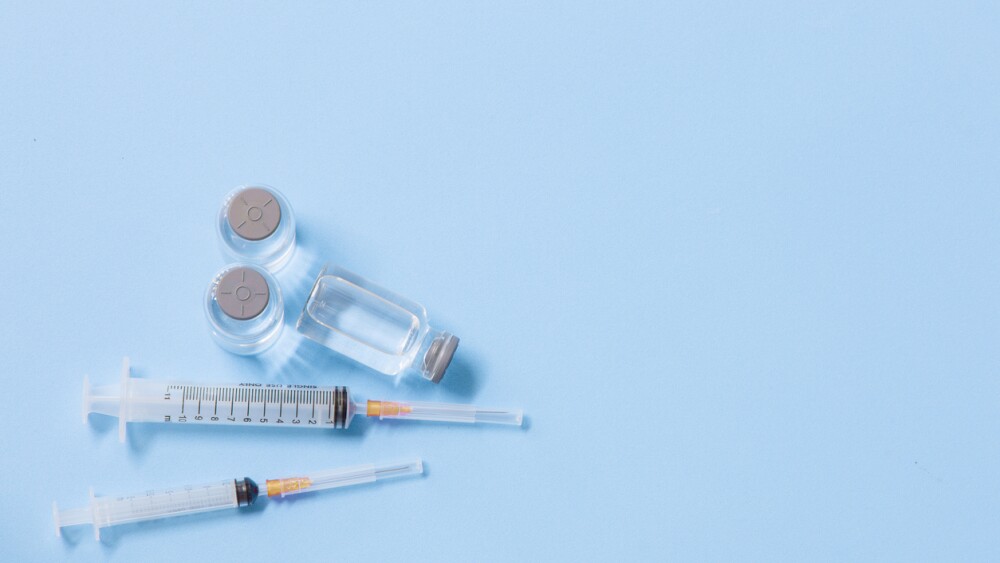The lung model in Draper’s new organ-on-a-chip platform, PREDICT96, replicates the structure and function of human lung tissue from donors with multiple patient profiles on a 96-well plate, increasing assay throughput by 10-fold.
The lung model in Draper’s new organ-on-a-chip platform, PREDICT96, replicates the structure and function of human lung tissue from donors with multiple patient profiles on a 96-well plate, increasing assay throughput by 10-fold.
As part of a study of influenza A and other respiratory viruses conducted by the University of Massachusetts Medical School, and coronavirus (HCoV-NL63) research conducted internally, researchers observed the behavior of airway calls in response to various therapeutics. The platform showed both viruses infected the tissues at rates comparable to in vivo models, indicating PREDICT96 could be an effective platform on which to screen therapeutic candidates quickly and accurately.
To accurately replicate human tissue, Draper turns to the literature and clinical reports to identify the structural characteristics of the organ – the lung, in this case – and to determine its functional metrics.
“We characterize the tissues in our platform to ensure we recreate those structural and functional aspects – the barrier function of a tissue, for example – in a microenvironment,” Ashley Gard, senior member of the technical staff at Draper and technical director for the lung-on-a-chip, told BioSpace.
Draper’s single organ-on-a-chip platform helps speed new therapies into human trials in two primary ways.
First, it uses more accurate and complex human tissues rather than animal or single cell models. Results, therefore, are better correlated to outcomes in human beings in terms of efficacy and safety. In contrast, “Traditional methods use animal models, which are complex systems with complete immune systems, but are expensive and scarce, leaving researchers with very low throughput,” Gard said. The other notable challenge is the different physiological responses animals sometimes have to therapies or treatments. As a result, they offer a less than optimal foundation from which to launch a clinical strategy.
Second, it multiplexes tissue assays so multiple questions can be addressed in parallel rather than sequentially. While competing organ-on-a-chip technologies let researchers study one condition per experiment or, at most, about a dozen, Draper’s 96-well format lets scientists perform assays for multiple questions simultaneously.
“High throughput cell culture methods are much simpler and can be executed rapidly, but they are reductionist. They involve a single cell type in a petri dish. Often they are derived from tumors or animal models, and sometimes the preferred cell lines don’t capture the complexity of the full organism,” Gard said.
“Our system falls between the animal or cell culture options,” she continued. The cells are grown de novo from primary derived cells from a human donor, rather than from biopsies, and may include multiple cell types. “They are more advanced that cells in a dish and may be interconnected to allow for more sophisticated interplay between tissues, so researchers can capture the more sophisticated aspects of tissue biology.”
They can be sustained in the organ-on-a-chip platform for several weeks.
The PREDICT96 microfluidics device uses 192 integrated pumps for high levels of control of flow conditions in the upper and lower channels for each organ model. This limits the dilution of excreted factors to more closely correlate to what occurs in the human body. Within the device, pairs of microchannels, each less than a millimeter in diameter, are separated by a biomimetic semi-permeable membrane lined with human cells and arranged in complex configurations to support the of human tissue.
Applications range from basic scientific research at government or academic laboratories to commercial research for drug development at large biopharmaceutical companies. To address these needs, PREDICT96 was designed to fit into laboratories’ existing workflows.
For example, “We designed our 96-well plate to have the same form factor as standard plates, so it fits the infrastructure labs have. And, the fluid volume and number of cells in the wells are enough to perform an analysis using standard and state-of-the-art assays, like RNA-seq, and can be paired with artificial intelligence, machine learning or other tools,” Joe Charest, Ph.D., head of strategy and business development, pharmaceutical R&D technologies at Draper, told BioSpace.
A wide variety of organ models have been developed for the PREDICT96 platform, such as vascular (including the blood brain barrier), gut and colon, oral gingival, kidney, liver and tumor microenvironment models. Researchers can work with Draper to develop precise tissue models with realistic functions and structures, or can build tissues in their own labs to use in Draper’s organ-on-a-chip technology.
Looking forward, Dr. Charest said, “Our first and most important goal is to pursue this model in more depth, looking at the SARS-CoV-2 virus and the therapies being developed to combat it. There are a variety of approaches, including convalescent plasma, antibodies and small molecules, and researchers must down-select to determine the best ones, so as to not waste time as they bring a therapeutic to market.”
Draper also plans to expand the breadth of the research, looking at the lung and upper airway as well as tissue differences between old and young patients. Addressing complexity is the third goal, Dr. Charest said. “We’d like to look at tissue interactions,” such as those between the inflammatory cascade and the immune system.
To study multiple tissue or organ interactions on one device, researchers can use another Draper platform, EVATAR. Currently, this is a microfluidic culture model of the human female reproductive system. It includes ovarian, fallopian, uterine, cervical and liver tissues, and replicates female endocrine physiology and pituitary hormone circulation. The objective is to help researchers better understand disease states as they relate to female reproductive system. EVATAR was designed in collaboration with researchers at Northwestern University Medical School.






